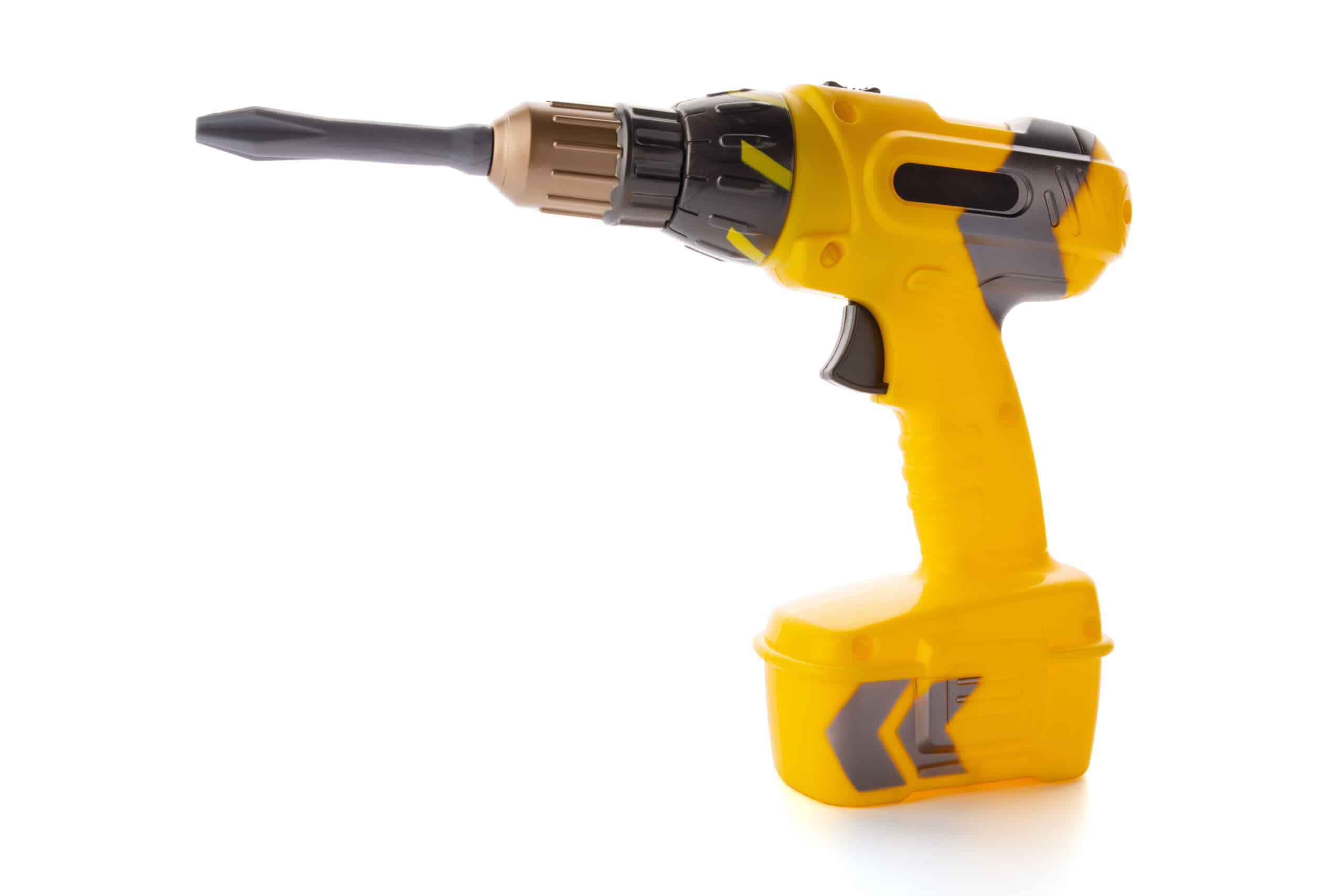Why is my Cordless Drill Not Drilling Straight?
Key Takeaways
- Using the correct drill bit that matches the material being worked on is essential for straight drilling.
- Regularly inspecting and replacing worn-out or dull drill bits can improve drilling accuracy.
- Adjusting the speed and torque settings of the cordless drill according to the material being drilled is important for achieving straight holes.
Have you ever found yourself frustrated when your cordless drill doesn’t seem to drill straight? It can be a common issue that many DIY enthusiasts face. But don’t worry, there are reasons why this might be happening, and more importantly, there are solutions to help you achieve accurate drilling. In this article, we will explore the potential causes of your cordless drill not drilling straight and provide you with practical tips to improve its accuracy.
1. Incorrect Drill Bit
One of the primary reasons why your cordless drill might not be drilling straight is an incorrect drill bit. Using the wrong bit can lead to wandering and poor alignment. Make sure to select a drill bit that matches the material you are working with. Different materials require different types of bits, such as wood, metal, or masonry bits. Using the correct bit will ensure better control and accuracy.
2. Worn-out or Dull Drill Bit
Even if you have the correct drill bit, a worn-out or dull bit can still cause your drill to veer off course. Over time, drill bits can become dull, reducing their cutting efficiency. This can result in the bit slipping, wandering, or creating an uneven hole. Regularly inspect and replace your drill bits to maintain optimal performance.
3. Incorrect Speed and Torque Settings
Another factor that can affect the straightness of your drilling is the speed and torque settings of your cordless drill. Different materials require different settings to ensure accuracy. For example, drilling into hardwood may require a slower speed and higher torque, while drilling into softwood may require a faster speed and lower torque. Experiment with different settings to find the right combination for each material.
4. Lack of Pilot Holes
Using pilot holes is a simple yet effective technique to improve the accuracy of your cordless drill. A pilot hole is a small hole drilled before the main drilling operation. It helps guide the larger drill bit, reducing the chances of it wandering off track. By using a pilot hole, you can ensure that your cordless drill stays on target and creates a straight hole.
5. Unsteady Hand or Incorrect Technique
Drilling straight also requires a steady hand and the correct technique. If you are applying too much pressure or not holding the drill firmly, it can cause the bit to wander. Make sure to maintain a steady grip on the drill, keeping it perpendicular to the surface. Practice your technique and focus on maintaining a straight line while drilling.
6. Lack of Workpiece Stability
If your workpiece is not properly secured, it can lead to movement and inaccurate drilling. Using clamps or a vice to hold the workpiece securely in place will prevent it from shifting or rotating during the drilling process. This will ensure that your cordless drill stays on track and drills straight.
Conclusion
When your cordless drill is not drilling straight, it can be frustrating and can affect the quality of your projects. However, by addressing the potential causes mentioned above, you can significantly improve the accuracy of your drilling. Make sure to use the correct drill bit, maintain sharp bits, adjust the speed and torque settings appropriately, use pilot holes, practice proper technique, and secure your workpiece. By implementing these tips, you will be well on your way to achieving precise and straight holes with your cordless drill.
Related Websites:
FAQs:
Q: Why does my cordless drill not drill straight?
A cordless drill may not drill straight due to various factors, including improper grip, lack of experience, chuck misalignment, worn-out or damaged chuck, dull or damaged drill bit, and incorrect drill bit selection.
Q: How can I improve the accuracy of my cordless drill?
To improve the accuracy of your cordless drill, you can practice proper grip and technique, gain more experience through regular use, adjust the chuck alignment, maintain and repair the drill, sharpen or replace dull or damaged drill bits, and ensure correct drill bit selection for the material being drilled.
Q: What can cause my cordless drill bit to wander off course?
There are several factors that can cause a cordless drill bit to wander off course, including a misaligned chuck, worn-out or damaged chuck, dull or damaged drill bit, and using the wrong drill bit for the material being drilled.
Q: How do I fix a cordless drill that doesn’t drill straight?
To fix a cordless drill that doesn’t drill straight, you can try proper grip and technique, practice and gain more experience, adjust the chuck alignment if possible, maintain and repair the drill, sharpen or replace dull or damaged drill bits, and select the appropriate drill bit for the material being drilled.
Q: What are the benefits of using a cordless drill that drills straight?
Using a cordless drill that drills straight offers several benefits, including improved accuracy and precision in drilling tasks, enhanced overall quality of the drilled holes, reduced risk of damaging the material being drilled, and a more efficient and satisfying drilling experience.





